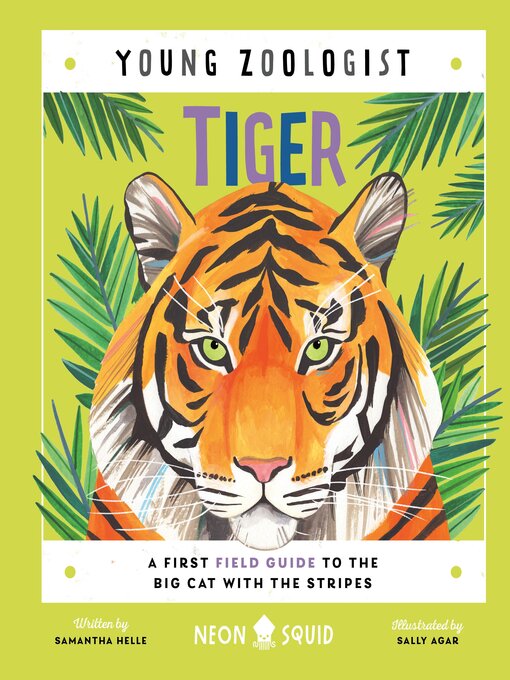A beautifully illustrated first guide to tigers from big cat expert Samantha Helle, featuring stunning illustrations by Sally Agar.
You might know that tigers are the largest of the big cats, but there's so much more to learn about these incredible predators! Discover why tigers have stripes, what makes them stick out their tongue, and how they can survive in habitats ranging from snowy Siberia to the tropical rainforest of Indonesia. You'll also discover what it takes to become a tiger zoologist—including learning how to track a tiger using its paw prints! Filled with simple science and plenty of animal facts, this book also looks at the conservation challenges these iconic animals face.
Tiger (Young Zoologist) is part of an exciting series of collectable animal books from Neon Squid aiming to inspire the next generation of biologists and conservationists.
- Your Next Great Read!
- New eBook additions
- New teen additions
- New kids additions
- Most popular
- Available now
- See all
- Your Next Great Listen!
- New audiobook additions
- New kids additions
- New teen additions
- Most popular
- Try something different
- Available now
- Great Narrators
- See all
- Newly Added Magazines
- Crafts
- Sports
- Photography
- Technology & Gaming
- Hunting & Fishing
- Luxury
- Boating & Aviation
- Cars & Motorcycles
- Comics & Manga
- Teen Magazines
- Children's Magazines
- History
- See all

